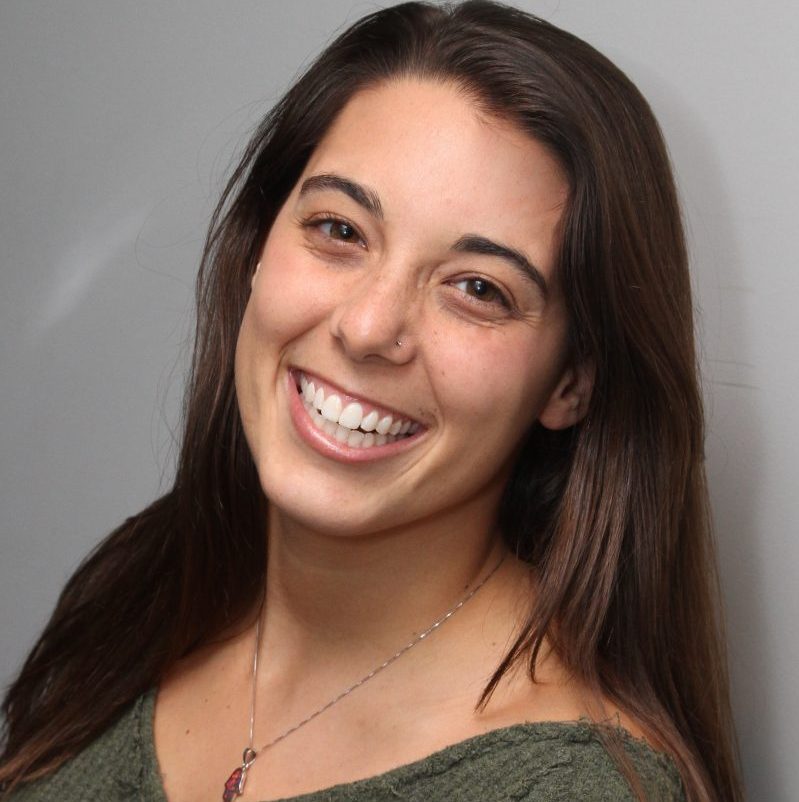By Sam Lefkowitz
For many people, Passover brings a bad taste to their mouth as they think of matzah (the traditional, dry unleavened bread) and all the foods they give up (depending on their level of observance) for (seven or) eight days, including popcorn and cake.
For as long as I can remember, however, Passover has been among my favorite holidays—and one that I look forward to. I don’t think about the food, although I do love the brisket and the matza ball soup.
What I think about is the actual seder—not just the meal, but the evening itself.
The Hebrew word “seder” means “order,” which perfectly describes what happens on the first two nights of the holiday. It is not only a meal and it’s not a service; it is a process in which everything that happens is included for a reason and is highlighted during its own special moment.
Growing up, my mother was always the leader in putting together our giant family seder. At least 60 people showed up; many were related to us, but that wasn’t a requirement. Officially, my Zayde (grandpa) ran the show. However, my mother worked behind the scenes for weeks in advance, creating the script, including the welcome and the jokes to the seating arrangements, and even choosing whom Zayde would call on to read or carry out certain parts of the evening’s events.
Each year my mother studied multiple haggadot (plural of haggadah, the book used during the seder to retell the story of the Exodus from Egypt) to compile a seder that would be meaningful to everyone around the table and create an inclusive evening, ensuring that each person had a role to play and would be glad they came. As I got older, I stayed up late to help her prepare, and the satisfaction of being part of creating such a profound evening was enough to make me love sitting through the first hour of the seder—before the matzah ball soup even was served.
Early in the seder, the haggadah says: “Let those who are hungry come in and partake. Let all who are in need come and celebrate Passover.” As a family, we always invited people who didn’t have a place to go for seder, and I continue that tradition now that I have taken after my mother in hosting my own seders.
I have hosted Olympic-themed seders in which each part was a competition and more traditional seders that went on late into the night. One of my all-time favorite seders, though, was the one I hosted with my husband in 2019. We invited a diverse group of about 15 guests—all 20-somethings from our professional and social circles: culturally curious high school friends of my husband, members of our social league kickball team, my sister’s coworkers, and a cousin’s boyfriend who happened to be in town—none of whom, with the exception of my sister, would have attended a seder at all had we not hosted it and invited them. Some were non-practicing Jews by birth, some were their (Jewish and not) significant others, and still others were Hindu, Muslim, Christian, or agnostic. Hosting a group of people so unconnected to each other would make any dinner party stressful, and a seder is so much more than a dinner party.
Like my mom, I wanted to create an experience that made everyone feel welcome and integral to the seder. That meant, I simultaneously had to show our non-Jewish friends the inclusivity of Judaism and show our Jewish friends how empowering the Passover rituals can be as adults, all while giving them an opportunity to “own their Judaism.”
To do it all, I chose the JewBelong Passover Haggadah precisely because it was created for seders with guests just like ours: all are welcome and encouraged to participate and not everyone understands the holiday or its significance to Jewish peoplehood beforehand. Using readings that offer a modern take on tradition, song parodies, and a skit that will make anyone laugh, JewBelong created a haggadah that allowed each of our guests to participate meaningfully in this time- honored tradition. The JewBelong Haggadah let me embrace the seder and the story and personalize it to meet my guests’ needs, all while still abiding by halachah (Jewish law). Most of all, it made me proud to share my religion, its culture, and the message of the Passover story with my friends; when told correctly, it is a message that can resonate for all.
Everyone left our seder excited to return again the next year. It was such a wonderful experience that my mother now uses the JewBelong Haggadah, too—eliminating the need to review multiple haggadot and then cut and paste from different ones to create just the right one. With the JewBelong Haggadah, each of us can create a meaningful, educational experience for everyone at our own seder table. I’m proud that with it, I could show so many people just how significant and fun Passover can be, and I look forward to hosting similar seders again, once in-person gatherings are permitted. In the meantime, I wish you and your loved ones a wonderful Passover!
 Sam Lefkowitz is the program manager, JCC Maccabi®, at JCC Association of North America.
Sam Lefkowitz is the program manager, JCC Maccabi®, at JCC Association of North America.
Very inspiring and motivating!!! Thanks for sharing your story!… chag sameach!